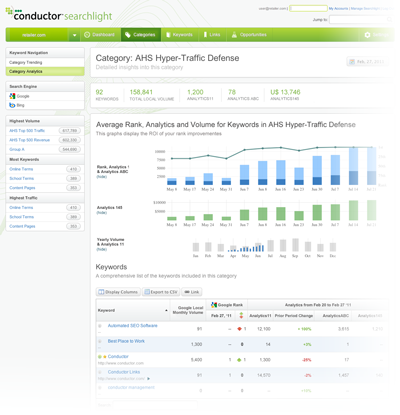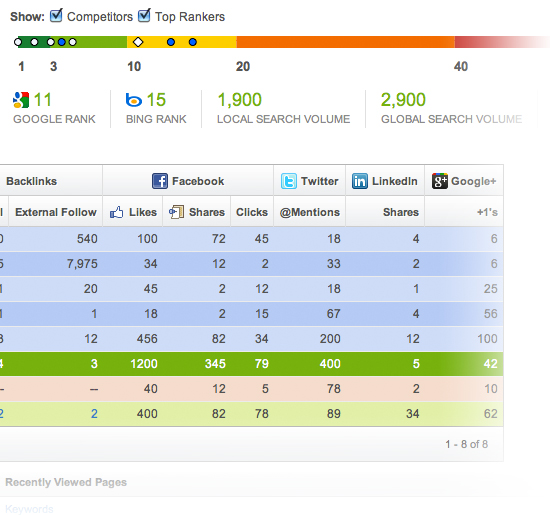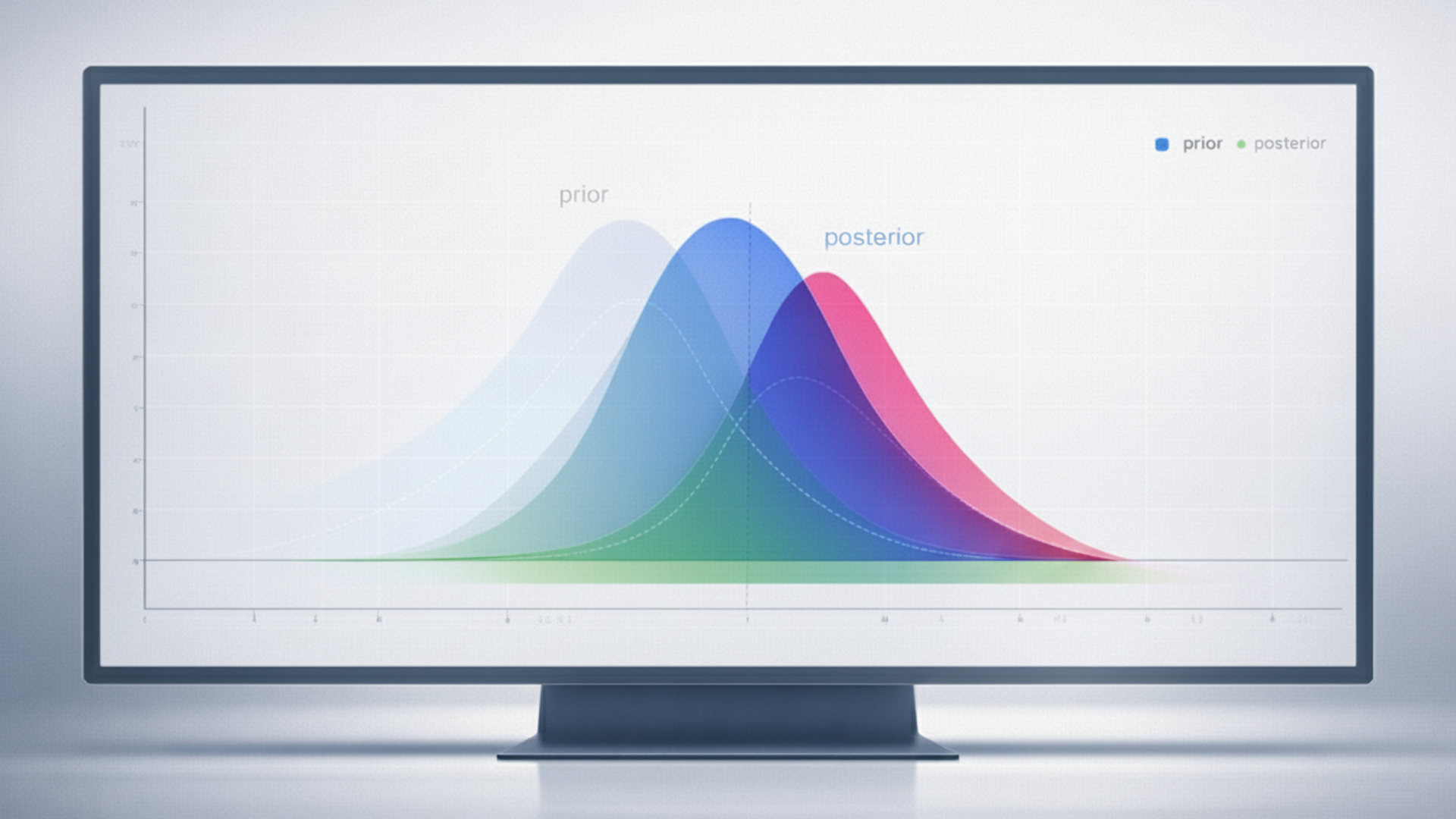How The Era Of ‘Big-Data’ Is Changing The Practice Of Online Marketing
In the early days of ‘Mad Men’ marketing, half of all Marketing spend was famously wasted – the Marketer just didn’t know which half. Many a Marketer’s sleepless night was spent wondering what levers of their Marketing spend to push forward and which to dial back. Then, along came the Internet, and with it a […]
In the early days of ‘Mad Men’ marketing, half of all Marketing spend was famously wasted – the Marketer just didn’t know which half. Many a Marketer’s sleepless night was spent wondering what levers of their Marketing spend to push forward and which to dial back.
Then, along came the Internet, and with it a new kind of marketing. Marketing online brought with it ‘cause-and-effect marketing’ and a greater ability to measure the effectiveness of marketing effort.
New metrics such as click-through rates, bounce rates and page views made its way into our lexicon and marketing gradually became a discipline rooted in data, with Excel the primary tool of choice.
The Era Of Big Data Arrives
As the ways for online users to interact online grew, methods of marketing to online users grew with it. Marketers could soon choose from a broad spectrum of ways to spend their marketing dollar ranging from SEO, to PPC, to display, to social and email marketing.
Along with it came a torrent of digital data – multiple data sets from disparate sources and ushered in an era of ‘big data’ — large sets of data that, when mined, could reveal insight about online marketing efforts. This includes data such as search rankings, site visits, SERPs and click-data. In the SEO realm alone at Conductor, for example, we collect tens of terabytes of search data for enterprise search marketers every month.
How Prevalent Is This ‘Big Data’ Thing?
Big data is not a trend that has been limited to online marketing. As I sat down to write this piece, I came across several recently published articles on the trend in the New York Times and Read Write Web.
In one section of the New York Times article, titled Welcome to the Age of Big Data, the author describes how the online industry is leveraging big data and that it is a topic on the minds of many, including economists gathered in Davos:
The new megarich of Silicon Valley, first at Google and now Facebook, are masters at harnessing the data of the Web — online searches, posts and messages — with Internet advertising. At the World Economic Forum last month in Davos, Switzerland, Big Data was a marquee topic. A report by the forum, “Big Data, Big Impact,” declared data a new class of economic asset, like currency or gold.
A check of Google Trends shows ‘big data’ is a term whose searched volume has skyrocketed in 2011, going into 2012. Even a cursory check of the news articles that accompany the Google Trends graph show a recent commitment by some of the world’s largest companies to big data.
Assuming we may not all be able to develop our Excel skills to the point we can cash in on the riches available to big data gurus in silicon valley, what are implications of the big data trend for the online marketer?
The New Dual-View Of The Modern-Day Online Marketer
The arrival of the era of big data signals to the truly successful online marketer that they must now view the online landscape in their niche from two distinct perspectives:
- The Channel View:
The channel view is one in which the Marketer asks, “What is and is not working in each channel?” This includes the use of tactics such as A/B testing and content optimization, and makes use of technology such as web analytics and PPC bid management software. It encompasses metrics such as bounce rates, click-through curves and conversion rates in order to discern the levers that require adjustment.
Until now, this is the sole view Marketers have taken of their online marketing efforts. In addition to enhancing the cross-channel view, big-data also enables the marketer to go deeper in the channel view. For example, whereas SEO used to be solely about search rankings, now it is about rankings, conversions, traffic etc.
- The Cross-Channel View:
The cross-channel view is one that spans the length and breadth of the online marketer’s channels. It began with attribution, but the era of big data that is now upon us means marketers have the opportunity to take advantage of large data sets from each channel and leverage them for deeper, actionable insight — provided they are looking at their channels through those eyes and have acquired the technology to do so.
How Has Big Data Arrived In The SEO World?
From our vantage point at Conductor, the move to the era of big data has been catalyzed by several distinct occurrences:
- Move to Thousands of Keywords:
The old days of SEO involved tracking your top fifty keywords. Today, enterprise marketers are tracking up to thousands of keywords as the online landscape becomes increasingly competitive, marketers advance down the maturity spectrum and they work to continuously expand their zone of coverage in search.
- Growing Digital Assets:
A recent Conductor study showed universal search results are now present in 8 out of 10 high-volume searches. The prevalence of digital media assets (e.g. images, video, maps, shopping, PPC) in the SERPs require marketers to get innovative about their search strategy.
- Multiple Search Engines:
Early days of SEO involved periodically tracking your rank on Google. Today, marketers want to expand not just to Yahoo and Bing, but also to the dozens of search engines around the world as enterprise marketers expand their view to a global search presence.
All the above factors combined mean there are significant opportunities for an increase in both the breadth and volume of data available to search professionals.
‘Big Data’ Marketing View Brings Us Far Closer To Actual User Behavior
We’ve established that far larger volumes of data are available to the marketer. Next, we’ll illustrate the benefits of leveraging data cross-channel, but before we do, it’s important to note that another reason for marketers to transition to a holistic ‘big data’ view of their marketing channels is because consumers do not operate in channel silos, so neither should the marketer.
Today, online users encounter multiple digital channels together in one place in the search engine results page. They do not experience the channels in a ‘silo’, they experience them as a single fluid experience and that is the way marketers must begin to think about their online marketing.
Examples Of Cross-Channel Big Data
Given the growth in available big data across online marketing channels and the need to look at our marketing channels from the same perspective as the ‘non-silo’-d user, what are some ways marketers are integrating data across marketing channels, and what benefits are they taking away from these integrations?
- SEO and PPC:
Modern enterprise SEO systems now integrate with enterprise level PPC systems, enabling the marketer to view paid search data alongside natural search data and make paid search bid decisions with natural search data, providing a holistic view of the SERP.
- Social and SEO:
The marketer can now see social data together with natural search data on the page level in the enterprise SEO platform. This enables the marketer to gain a more complete view of how earned media is driving traffic both on an individual page level, and in a holistic sense to their web properties.
Strategy To Leverage Cross-Functional Data Increasingly Critical For Marketers
The growth in the volume and breadth of data across online marketing channels combined with the maturation of marketing technology to leverage that data cross-functionally means the era of big data is officially upon us.
Now, Marketers must begin to give due attention to plugging the available data into their marketing strategies. For some, this begins with starting to think about their marketing channels in a more holistic fashion. For others, it means taking action on a cross-channel line of thinking already in place by going after the tools and technology that will enable them to make the transition into marketers leveraging cross-channel data.
Either way, the ‘big-data’ writing is on the wall: the new marketer is part CIO, and if you do not have a strategy in your organization to leverage cross-channel data you may soon find yourself with yesterday’s view of your online marketing efforts.
Contributing authors are invited to create content for Search Engine Land and are chosen for their expertise and contribution to the search community. Our contributors work under the oversight of the editorial staff and contributions are checked for quality and relevance to our readers. Search Engine Land is owned by Semrush. Contributor was not asked to make any direct or indirect mentions of Semrush. The opinions they express are their own.







